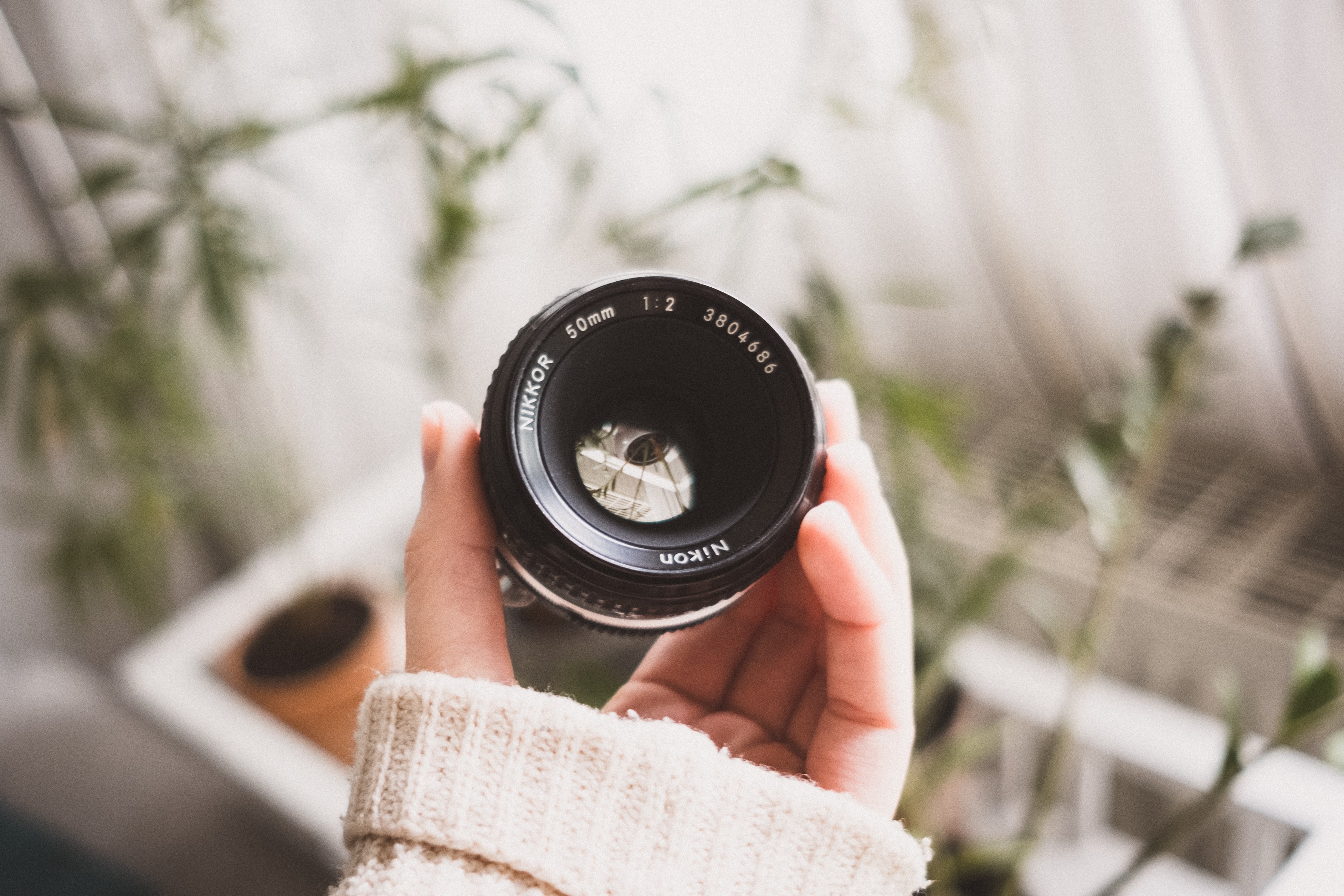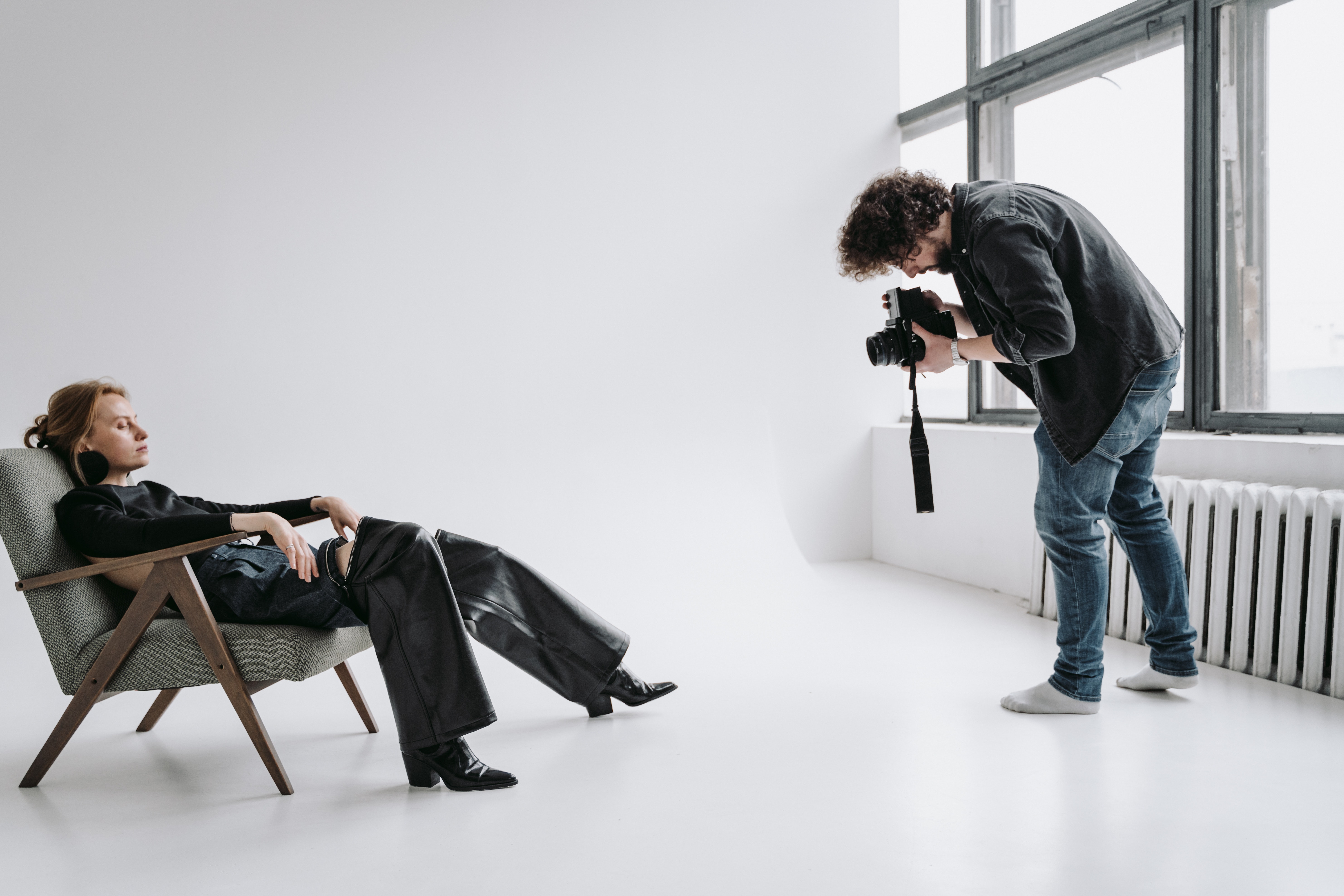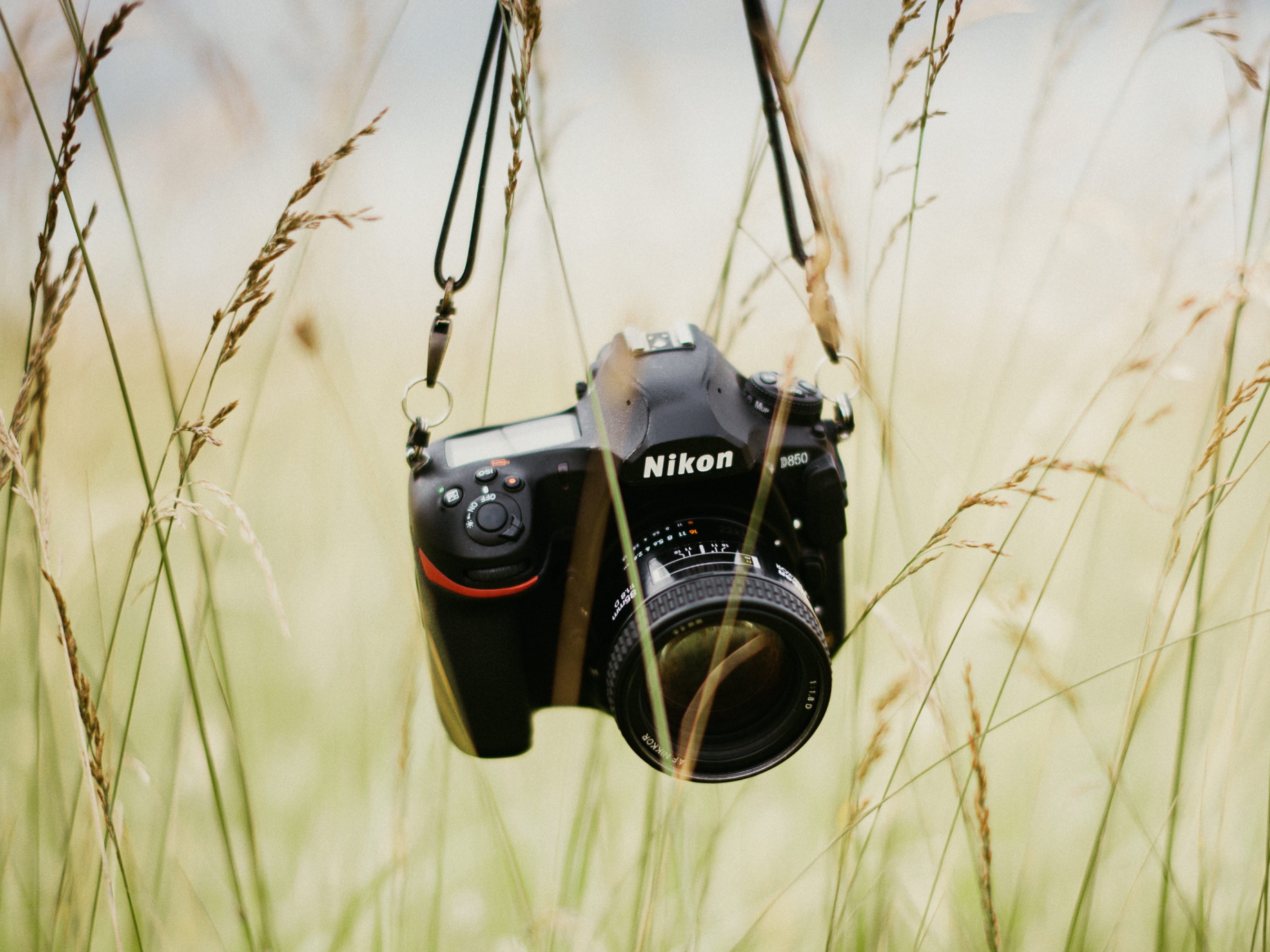
Welcome back to the KEH Tilt-Shift Report, where I share exclusive data and unique insights into the latest trends in camera gear buying, trading and selling.
Previously, I looked back at our best-selling gear of 2021, I explored whether zoom or prime lenses hold their value better, and I compared two leading medium format mirrorless systems.
This time around, let’s take a look at vintage SLR lenses to see which brands are flying off our shelves.
The Tilt
The period from the 1960s through the 1980s was the golden age of the manual-focus 35mm single-lens reflex. That timespan saw the SLR become the camera design of choice for most photographers. And along with those innovative bodies came a slew of lenses in focal lengths never before seen.
No longer held back by the rangefinder design that only allows for a limited number of framelines, SLR lenses cover any focal length because the viewfinder looks directly through the lens itself. You can see exactly what will appear in your frame despite the focal length. It was a welcome innovation that made photography more versatile.
And while the SLR design has its roots in the USSR, Germany, and Italy, it wasn’t until Japanese manufacturers got involved that the SLR hit the mainstream. Brands like Pentax, Yashica, Minolta, Canon, Nikon, Olympus, and Konica put the SLR within reach for the masses.
These companies also pushed lens design to new heights—making smaller and lighter glass for a wide variety of focal lengths. Millions of cameras and lenses were sold, as brands like Canon and Nikon became titans of the industry.
The Shift
Lucky for us, there’s still a ton of these cameras and lenses in the world, and with the advent of mirrorless cameras, adaptable manual-focus SLR lenses have found a second life for photographers and videographers alike.
So, which brands have fared better over time? Let’s look at the data to find out.
For this exercise, I limited the field to the top 7 manufacturers and their respective mounts—Canon FD/FL, Contax Yashica (C/Y), Konica AR, Minolta MD, Nikon F (Non-Ai, Ai, Ai-S, Ai-P), Olympus OM, and Pentax Screw (M42).
I looked at data from the last seven years (2015-2021).
First, let’s look at the supply side. These are the rankings for units bought—the number of lenses purchased by KEH from photographers like yourself over the last seven years.

As you can see, Nikon and Canon sit firmly in the top two spots over that time span, while Minolta and Olympus spar back and forth for the next two positions. Pentax, Konika, and Contax/Yashica round out the top seven with no movement in the ranks.
Next, let’s look at demand. This ranking is for units sold—what customers bought from KEH over the same period.

Results are largely similar, as expected—we only carry what people are willing to sell to us, after all.
Overall, it’s good sign of health for this market to see consistency between supply and demand.
The market dominance of brands like Nikon and Canon is evident—not only are there more of these lenses out in the world, but people are still very interested in purchasing them decades after they were released.
The popularity of Nikon and Canon 35mm camera bodies is also a huge factor here—let’s remember that people are not only buying these legacy lenses to adapt to their mirrorless cameras—they’re also still being used to shoot rolls of film on classic bodies like the Canon AE-1 Program or the Nikon FM, which are seeing a resurgence with younger photographers.
Now, let’s look at how the average price for these brands has changed over time.


As you can see here, the average buy and sell price is largely steady for most of these brands, with one exception—Canon.


As I mentioned when I covered zoom vs. primes, FD-mount lenses have seen huge appreciation over the last couple of years because of their now widespread use for videography—especially fast, prime lenses like the 100mm f/2, the 24mm f/1.4, the 35mm f/2, and the 28mm f/2.
It’s curious that Olympus, Minolta, and Nikon haven’t seen as much of a huge increase, as they also offer fast primes of excellent quality, certainly comparable to Canon.
OM lenses especially have been a favorite of mine because of their excellent build quality and optics, and they may be the most compact of them all. Time will tell if the secret gets out within videography circles.
Overall, it’s nice to see that this legacy gear is still as vital as ever, and that quality glass isn’t going to waste. It’s also worth mentioning that it’s a great time to sell your vintage lenses, especially the aforementioned Canon FD/FL lenses, if you’re not using them any more.
And if you’re looking for the best deals on these legacy lenses, there’s still a great value to be had in Konica, Minolta, and Pentax glass.
What do you think about the legacy lens craze? Is it here to stay, or will these artifacts of past generations finally be laid to rest? Sound off in the comments.
I’ll see you next month with another edition of the KEH Tilt-Shift Report.
SHOP 35MM MANUAL-FOCUS SLR LENSES
SHOP 35MM CAMERA BODIES
CHECK OUT OUR LEGACY LENS VIDEO TEST SERIES




